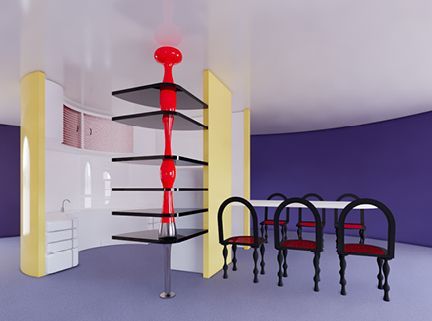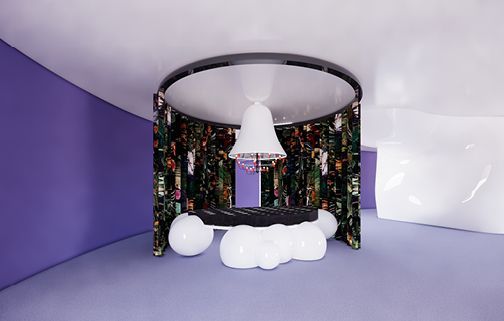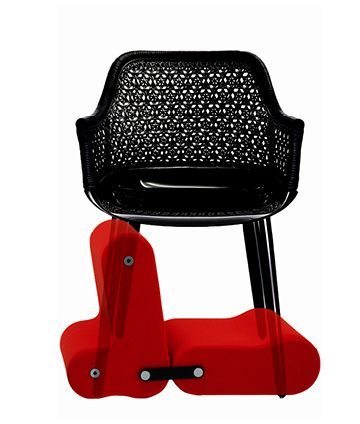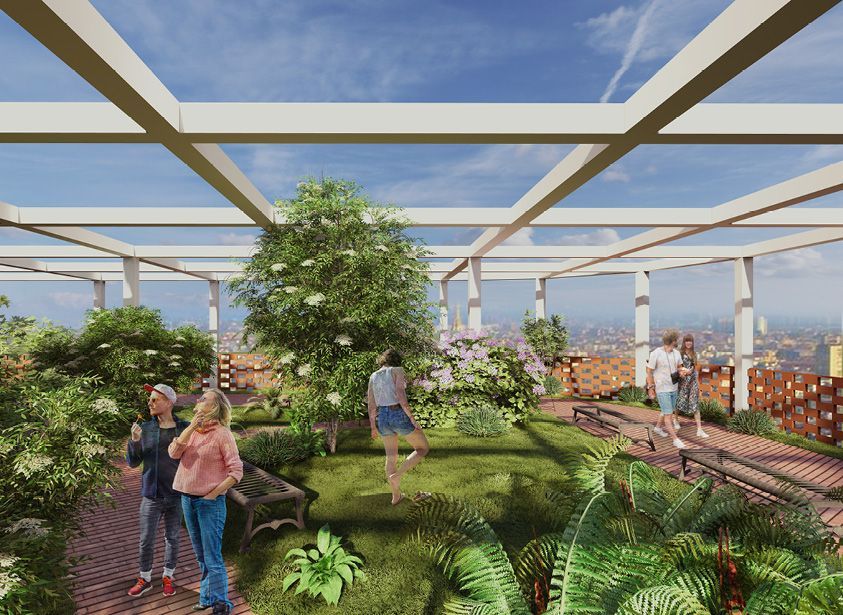Forgotten Future
Envisioning Workshop
Domus Academy students from the Master in Product Design created new objects, starting from the analysis of a historical iconic masterpiece of 20th century design, in order to re-interpret the meaning and design a new collaborative piece of an alternative history.
In the project Forgotten Future the students Caterina Fratino and Ezgi Gaye Goncu envisioned the home of the future using Visiona 1’s spatial orientation, a living system formed by operational blocks, leading to a fluid space without obstacles. Through the analysis of the two designers Joe Colombo and Marcel Wanders, they extrapolated the key concepts and their recreate their vision of the future.

Envisioning Workshop
Domus Academy students from the Master in Product Design created new objects, starting from the analysis of a historical iconic masterpiece of 20th century design, in order to re-interpret the meaning and design a new collaborative piece of an alternative history.
In the project Forgotten Future the students Caterina Fratino and Ezgi Gaye Goncu envisioned the home of the future using Visiona 1’s spatial orientation, a living system formed by operational blocks, leading to a fluid space without obstacles. Through the analysis of the two designers Joe Colombo and Marcel Wanders, they extrapolated the key concepts and their recreate their vision of the future.
Project Leader | Mentor
Project Leader: Mark Anderson
Programme Leader: Aoi Hasegawa
Project Authors
Caterina Fratino
Ezgi Gaye Goncu



Forgotten Future is the redesign of the functional blocks in Visiona 1, showing the juxtaposition between Space Age of Joe Colombo and Post-Modernist Culture of Marcel Wanders, to create the unexpected scene in the contemporary moment. The modules created are the bedroom, the passage area, the bathroom, the living room and the kitchen.
The concept was developed taking into consideration the sensory aspect of space, the use of materials and technologies, the reference to the past through patterns and shapes and the design of kinetic furnishing elements. Each element is related to the user’s experience, both visual and gestural, through objects in our collective memory.

















